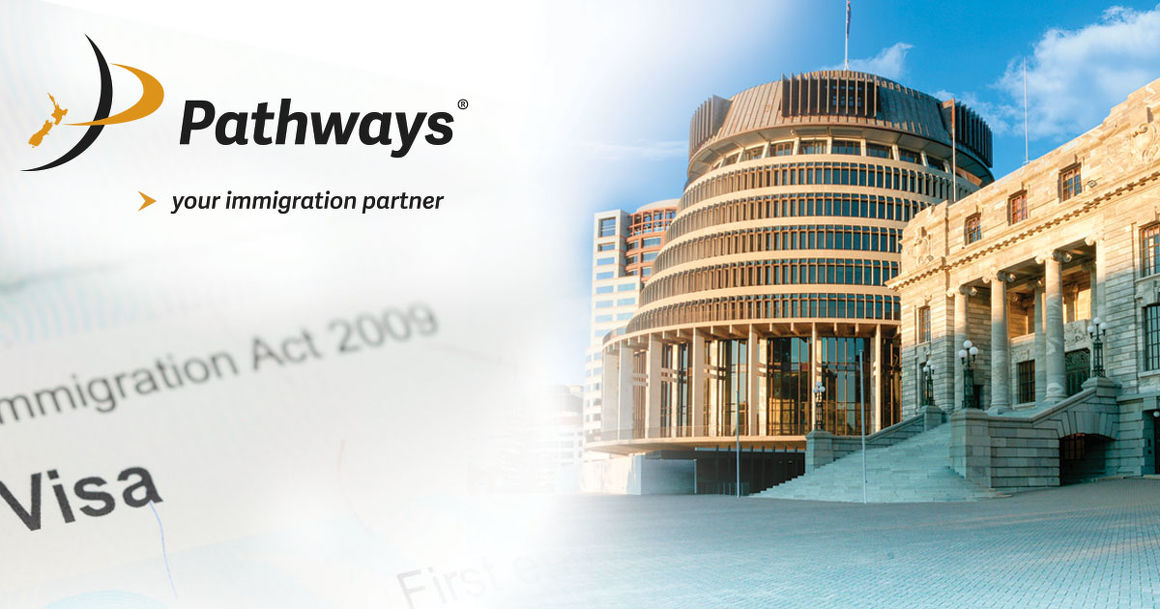Ready to begin your immigration journey?
Let’s get started by planning the first steps together now.Meet Our Team

New Zealand’s immigration settings over the last 6 years of the Labour Government were very significantly impacted by the Covid border lockdown, and then the protracted border re-opening. It has only been in the last 15 months that the Government finally introduced the employer accreditation regime that it had announced pre-covid, the new investor category, and then, and only very recently, the new Skilled Migrant residence settings.
Looking back, the main features of the last few years has been the transition to online visa application processing, the staggering number, and frequency of, policy changes (almost every week!), and the increase in incidence of migrant exploitation.
So, what can we expect from the new Government? – and what would we like to see!
The National Party has already announced it will introduce a 5-year visitor visa for parents and grandparents to visit their family in New Zealand, and which can be renewed for a further 5 years. It will also look to expand the work rights for international students in an endeavour to revitalise the international education sector.
Three capped visa programmes to attract top talent will also be introduced:
• The International Graduates Visa, is a 3-year open work visa for graduates of the top 100 universities in the world;
• The Global Growth Tech Visa is a residence visa for people who have been working in top global tech companies earning NZ$400,000 pa; and
• The Digital Nomad Visa which is a 1 year visa to attract highly mobile people to come to New Zealand while working remotely for an overseas-based company.
Collectively there is a cap of 1,000 people under these three new visa policies. As always, the devil will be the policy detail as good visa ideas often lose their “gloss” once the policy-writers have their say!
National has already expressed concerns, in regard to the present high levels of immigration, that some 60% of the workers now coming to New Zealand fall into lower skill job categories. As a consequence, it is likely we can expect some “tightening” in this area, with maybe more emphasis on getting NZers into, or trained for, these jobs and/or employers having to at least evidence they are doing more to fill these roles with NZers.
Because the employer accreditation, skilled migrant and investor policies are all still being “bedded in” it is unlikely that there will be any immediate changes. However, there are obvious flaws in all these policies which will need attention sooner rather than later.
It is expected the new Government will introduce a new visa fee regime in which an additional fee is be paid for urgent visa processing. This may be part of a bigger plan to make Immigration New Zealand a profit- centre in its own right, and similar to what is the case in Australia. Expect visa cost increases!
Most current immigration policies have a linkage with the New Zealand median pay rate (currently $29.66 ph). This linkage was introduced by the Labour Government on the understanding it was, in some way, a measure of the skill level of the employment role.
Clearly this is not the case and, instead, the arbitrary imposition of the median pay rate across the various visa categories has simply had the effect of pushing up employer costs across the board.
The median pay rate increase to $31.61 ph next February should, at least, be deferred while the new Government considers the impact of this additional cost on businesses – many of whom are under financial strain.
Overall, what we would most like to see is the new Government being much more willing to engage and consult on the pragmatism, risks and outcomes of the policies it wishes to introduce to ensure these can best deliver the intended objectives. Taking a little more time to get it right first time is one lesson the new Government can learn from its predecessor – hopefully?
Meet Our Team
We use cookies on our website to provide you with the best experience. If you would like to know more about our privacy policy, take a look at our Privacy Notice
 1 Nov 2023
1 Nov 2023